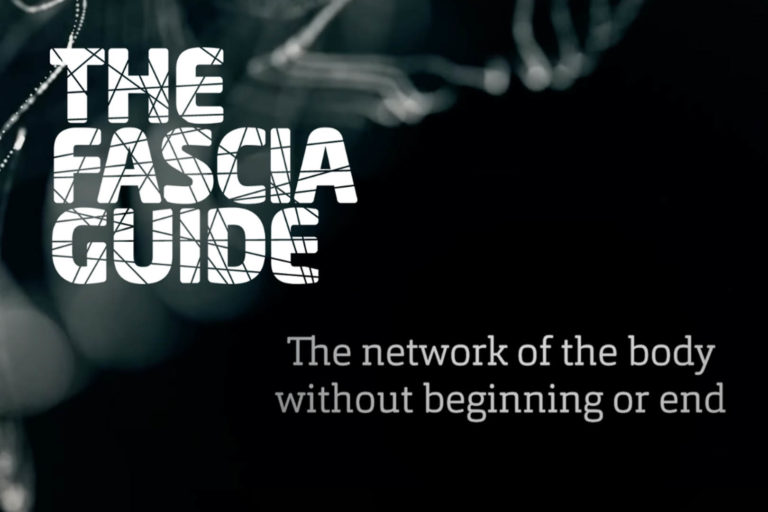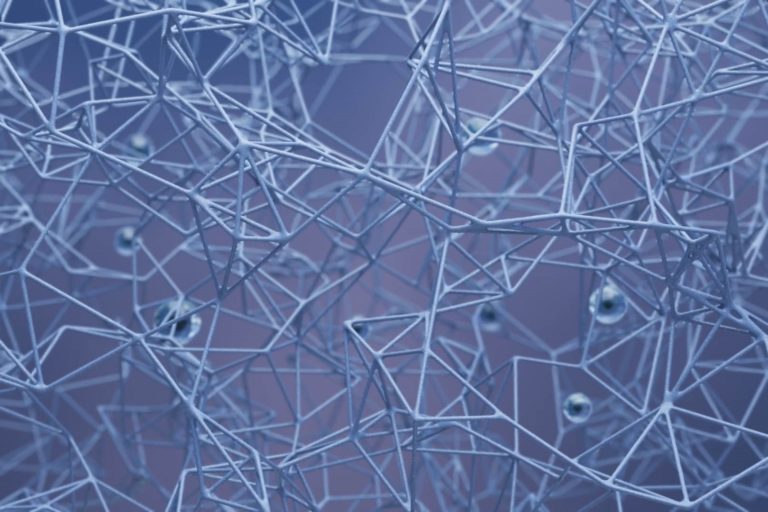
The Fascia Guide: A podcast about the body & new research
The Fascia Guide is a podcast about the body, new research, and a changed perspective on health, pain, and discomfort.


The Fascia Guide is a podcast about the body, new research, and a changed perspective on health, pain, and discomfort.

The Fascia Guide is a free seven-part course consisting of what you need to understand Fascia and how new research is changing the view on pain and discomfort.

Learn what a body is, how it functions, how to take care of it, and how to help other people feel better. All courses are digital, and you can proceed at your own pace.

“Fascia – The Body’s Network Without Beginning or End” is a documentary about how new research profoundly changes the way we look at the living human body.

Fascia research in all its glory, but how do you present it so that ordinary people understand it, gets excited and start realizing the potential benefits of understanding how the body works?

The Fascia Guide is a podcast about the body, new research, and a changed perspective on health, pain, and discomfort.

Learn what a body is, how it functions, how to take care of it, and how to help other people feel better. All courses are digital, and you can proceed at your own pace.

I princip alla känner till PH-värde, men visste du att PH-värde i själva verket är en laddning?

Fascia research in all its glory, but how do you present it so that ordinary people understand it, gets excited and start realizing the potential benefits of understanding how the body works?

The Fascia Guide is a podcast about the body, new research, and a changed perspective on health, pain, and discomfort.

Learn what a body is, how it functions, how to take care of it, and how to help other people feel better. All courses are digital, and you can proceed at your own pace.

I princip alla känner till PH-värde, men visste du att PH-värde i själva verket är en laddning?

Fascia research in all its glory, but how do you present it so that ordinary people understand it, gets excited and start realizing the potential benefits of understanding how the body works?

What does it even mean that Fascia is a new paradigm, a new perspective?How do we learn anything for that matter?

What happens when you discover that things are not as you thought? Fascia and the living body starts as a fascinating subject, new research, a new organ and new insights.

What does it even mean that Fascia is a new paradigm, a new perspective?How do we learn anything for that matter?